This is a guest blog post by Monica, a school-based SLP, all about speech sound development. We also share a cheat sheet that you can download for free!
Speech Sound Development (By Age of Acquisition)
If you’re looking for a speech sound development chart to help you determine where to start with your speech articulation goals, it’s right here!
The chart has been updated with the results from McLeod & Crowe’s (2016) study.
The study compiled 60 articles with 64 studies in 27 languages.
They found that “children produced at least 93% of consonants correctly” by 5;0.
When looking at these norms, the age listed is when most children have acquired that sound–not that children have up until that age to acquire that sound.
For example, a child may develop the /r/ sound at age three but not master it until five, which would be typical development (Hogan, Storkel & Farquharson, 2019).
Click Here to download the FREE Speech Sound Development Articulation Cheat Sheet!
What Does Speech Sound Development Mean for SLPs?
Spoiler Alert: The answer isn’t simple!
We shouldn’t just be relying on speech sound norms when considering eligibility or to make a diagnosis. Helping SLPs with their high workload is why Marisha started SLP Now! Considering the impacts on our caseloads, this also means we need lower workloads and more advocacy.
Kelly also linked to two podcasts that are definitely worth your time:
1. Speech Norms, Eligibility for Speech Treatment, and Advocacy with Holly Storkel and Kelly Farquharson (Tiffany P. Hogan’s podcast episode 3)
2. We Have Been Interpreting the Articulation Norms All Wrong (SLP Toolkit’s podcast episode 19): They talk about things for SLPs to think about when providing services to students with speech sound disorders and the McLeod & Crowe article.
If you’re tackling burnout, here’s a link to a recent article by Lessa Merante and Kelly Farquarson for school SLPs. It’s a great read! They give lots of a lot of strategies for switching things up. Some are doable on a small scale (e.g., changing your service delivery model) and some require changes on a larger scale (e.g., RtI and advocacy).
Reduce Your Workload with Ready-To-Go Articulation Materials
Since we were just talking about reducing workloads, I’m going to leave a preview of just SOME of the SLP Now materials available for speech sound disorders. New materials are added regularly. As a school SLP, I know that we love quick and easy resources! These resources plan everything out for you with very little prep required. Right now, there are hundreds of pages of speech sound disorder materials!
Here’s a peek at a few of them:
📒 175 picture book and 45 non-fiction units with word lists by sounds
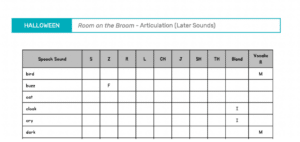
📒 Silly sentences for articulation practice
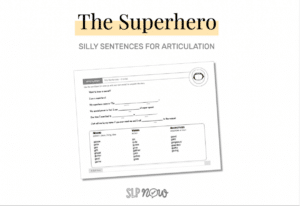
📒 Practice sheets for articulation, phonology, and complexity
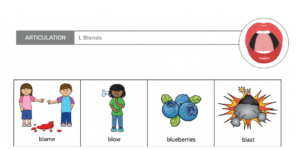
📒 Articulation stickers (with placement cues and pictures for words by sound)
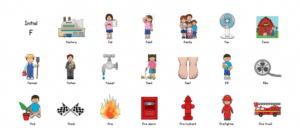
📒 Smart Decks for articulation, phonology, and complexity
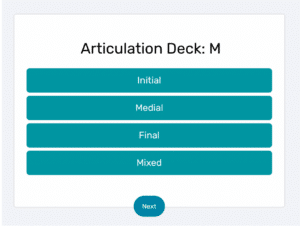
Just to name a few!
Need these materials in your life? Sign up for a free SLP Now trial (no credit card required) to check out the entire library.
References
DeVeney, S. L., Cabbage, K., & Mourey, T. (2020). Target Selection Considerations for Speech Sound Disorder Intervention in Schools. Perspectives of the ASHA Special Interest Groups, 5(6), 1722–1734.
Hogan, T. (2019). Episode 3. Speech Norms, Eligibility for Speech Treatment, and Advocacy with Holly Storkel and Kelly Farquharson [Podcast]. Retrieved 8 October 2021, from https://www.seehearspeakpodcast.com/episode-3/episode-3-speech-norms-eligibility-for-speech-treatment-and-advocacy-with-holly-storkel-and-kelly-farquharson.
Krueger, B. I. (2019). Eligibility and Speech Sound Disorders: Assessment of Social Impact. Perspectives of the ASHA Special Interest Groups, 4(1), 85–90.
Marante, L., & Farquharson, K. (2021). Tackling Burnout in the School Setting: Practical Tips for School-Based Speech-Language Pathologists. Perspectives of the ASHA Special Interest Groups, 6(3), 665–675.
McLeod, S., & Crowe, K. (2018). Children’s Consonant Acquisition in 27 Languages: A Cross-Linguistic Review. American Journal of Speech-Language Pathology, 27(4), 1546–1571.

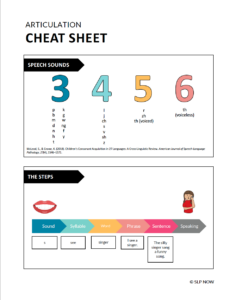

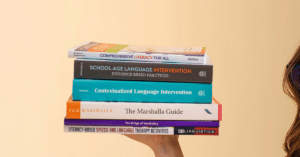
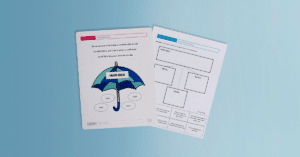
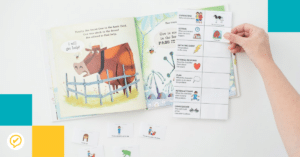
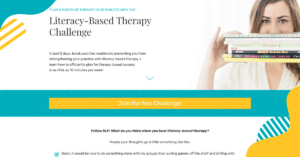
Reader Interactions